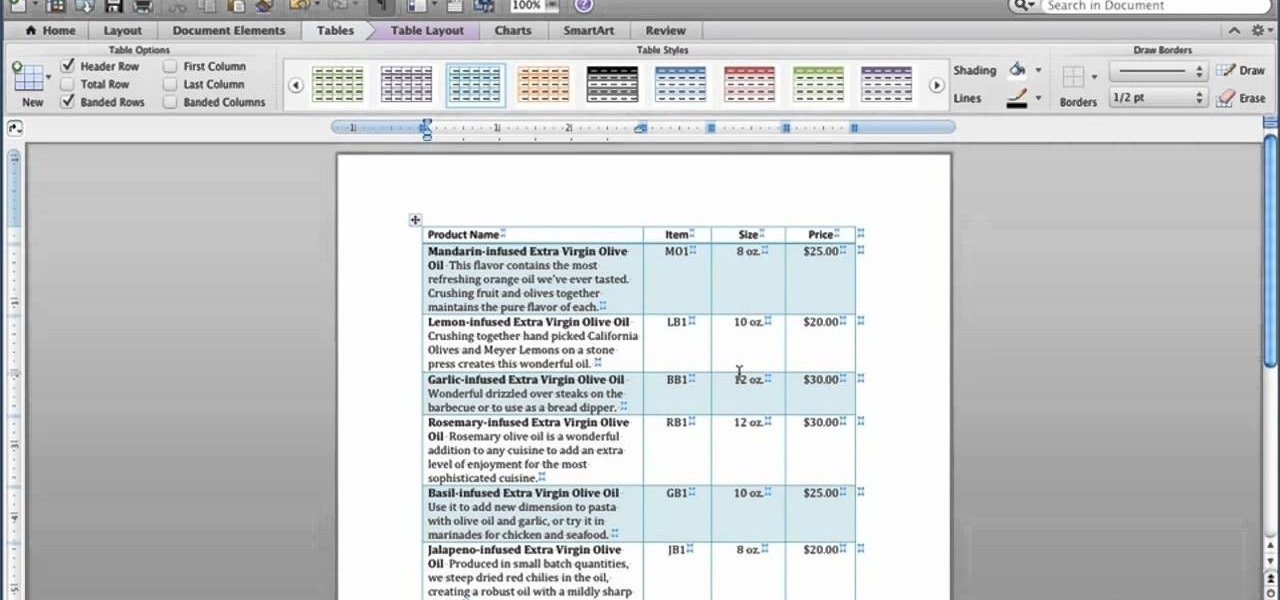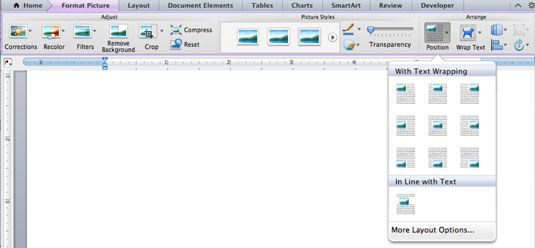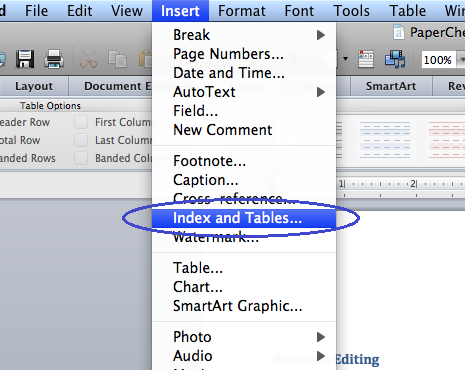


There are several places in the will, where it will say, “I leave my sons…or my wife, Mary,” for example. She gave me a sample will, medical power of attorney, and some correspondence. I’m trying to create some forms for our estates and trusts attorney. If you’ve tried to make yourself a homegrown forms database, knowing that you’ll have to go in each time and fill in the variable information (name, he/she, his/her, son/daughter/children, etc.) in all (and I do mean all) the right places, then you can appreciate this reader’s dilemma: Be careful from this point on not to tab through your template and accidentally unlink, and thus remove all of your fields.Ever had one of those forms that repeats someone’s name or some other piece of information, um, repeatedly? Say, a will or a power of attorney or something similar?

(Alt-F9 to toggle in Windows) You would see something like this where the field was: and set the “Exit” action to “Unlink” or whatever you named your macro. You can examine the field more closely by using the right menu command while clicking on the field to “Show Fields” or “Show Field Codes”. The description is helpful since in a free-form template like a letterhead it may not be obvious what should be typed at a given point without a hint. For example you might have said, “Click and Type Recipient’s Name Here”, etc. In the data entry area below the columnar selection lists, append None Īs you can see in the picture, I omitted any particular description. ( Hint: Set your view options are set to show field shading will show up in grey as seen here.) You can insert what word calls a “MACROBUTTON” field and what I call a click-and-type area. entering a recipient’s name, their closing, etc. Create the document formatting, styles, margins, etc., like you would in a normal document.Īs you come to parts of a document where users should make changes, e.g.
#Create a fillable table in word 2011 for mac free
Remember this type of template is best used for letters, pleadings, and free form documents. a letter or legal pleading, a “click and type here” document is my preference. However, for mostly free-form documents, e.g.Especially if this is the type of document where spell checking or user modifications are reasonably appropriate. Therefore for form-type documents, a tabable form that unlocks itself when the user finishes the last field tends to work extremely well.However, when a document is protected spell check does not work and users can only edit the fields of the document, e.g. so you can hit tab to move from one form field to the next, the document must be protected. For a fillable form to be “tabable”, e.g.Rename back to “.dot” to use as a template.

#Create a fillable table in word 2011 for mac Pc
The basic approach still work with Office 2010 PC and Office 2011 Mac. Note: This was originally written for Microsoft Word for Windows.


 0 kommentar(er)
0 kommentar(er)
